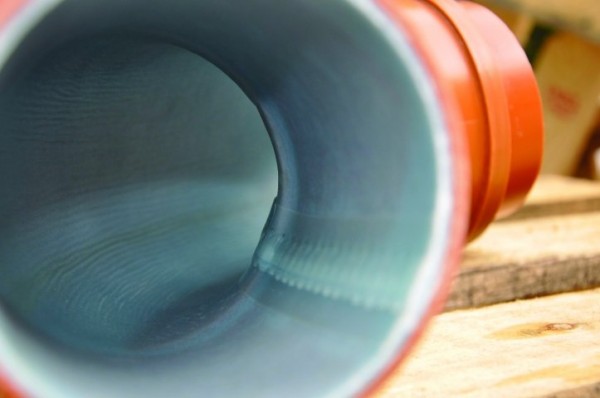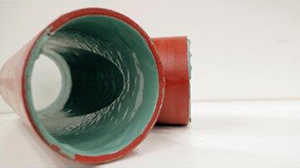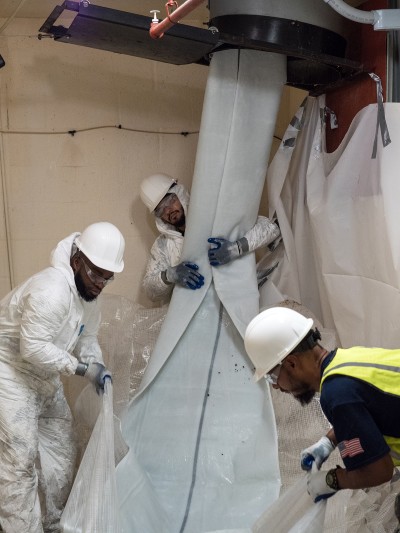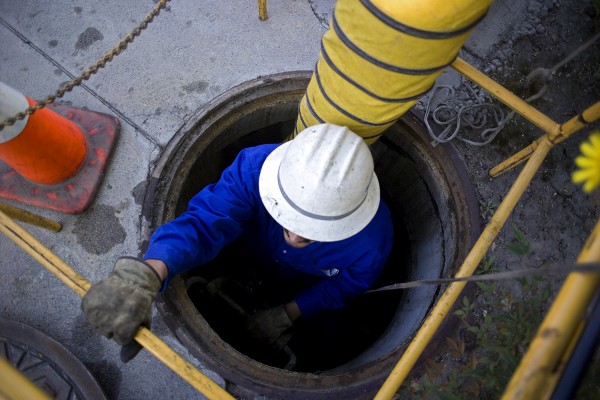CIPP Pipelining
Cured-in-place pipe (CIPP) is a method of repairing and restoring broken, damaged, or cracked pipes. It is a quick and cost-effective method of making damaged pipes function properly without digging trenches.
CIPP is approved by the American Society for Testing and Materials (ASTM), which is the body that oversees the development and maintenance of standards for many industries in the US. Trenchless pipelining is preferred by pipe restoration professionals due to the ease with which it is used to restore failing pipes and its ability to withstand extreme conditions.

How Does CIPP Work?
Trenchless pipe lining involves placing a flexible liner impregnated with resin or epoxy inside an existing pipe to fill all the cracks, curvatures, joints, and flares in the damaged pipe.
The process begins with the pipe restoration team inserting a camera into the damaged pipe to inspect the entire length of the pipe. After assessing the extent of the damage, a liner and epoxy combination is placed inside the original pipe without removing any of the damaged parts.
The liner fits in perfectly, filling all the cracks and missing parts of the damaged pipe without protruding through the cracks. After curing, the liner forms a tight-fitting new pipe inside the existing pipe. The cured liner is like a stand-alone pipe inside the host pipe and does not rely on the host for structural support.
The trenchless pipe lining stretches to fit irregular sections in the host pipe and fills in the gaps where whole sections are missing. The lining is structurally sound and can serve you for 50 to 100 years under normal environmental conditions.
Materials Used for CIPP Restoration

The materials used in trenchless pipe restorations are a flexible dry tube or liner and a specialized resin. The dry tube is made of felt layers manufactured to the specified thickness, and cut to the appropriate diameter and length then sewn concentrically. After sewing, the felt liner is bonded with a layer of polyethylene or polypropylene creating a “contained” lining system. The liner is then impregnated with resin and inverted through the length of the existing host pipe filling all cracks, offsets, and voids. Once cured and hardened the CIPP becomes a new structural pipe-within-a-pipe.

Each liner is installed with a specialized resin, which is prepared and tested specifically for the particular operating environment of the host pipe. The selected resins can withstand maximum operating temperatures, high and low pH effluents, and high-pressure requirements. This enables the liner to withstand the conditions present in the host pipe and provide a long-lasting solution to the pipe damage.
How Dry Tubes Are Installed
The flexible tube impregnated with resin is inserted into the host pipe and subjected to hydrostatic or air pressure, which causes inversion to occur. The CIPP liner is inverted along the entire length of the host pipe such that the resin-filled outer side of the liner is pressed against the inner walls of the host pipe. This causes all cracks, breaches, and missing sections to be filled up.
The curing process involves introducing hot water or steam, which causes the tube and resin to harden. The result is a robust new pipe inside the original pipe, which is ready to resume service.

How Does the Pipe Restoration Team Access the Host Pipe?
Generally, pipe restoration requires the team to have access to both sides of the damaged pipe. A CIPP liner is inserted in the upstream point and pushed through the length of the pipe to the endpoint. Typical access points include maintenance holes, outfalls, vaults, spool ends, basins, and cleanouts.

Is It Possible to Restore A Pipe Segment That has No External Access Points?
Yes, it is possible but requires a special approach to access the host pipe. The restoration team can excavate one or both ends of the host pipe and remove valves or spool pieces. They can also enter through a fixture line or cleanout.